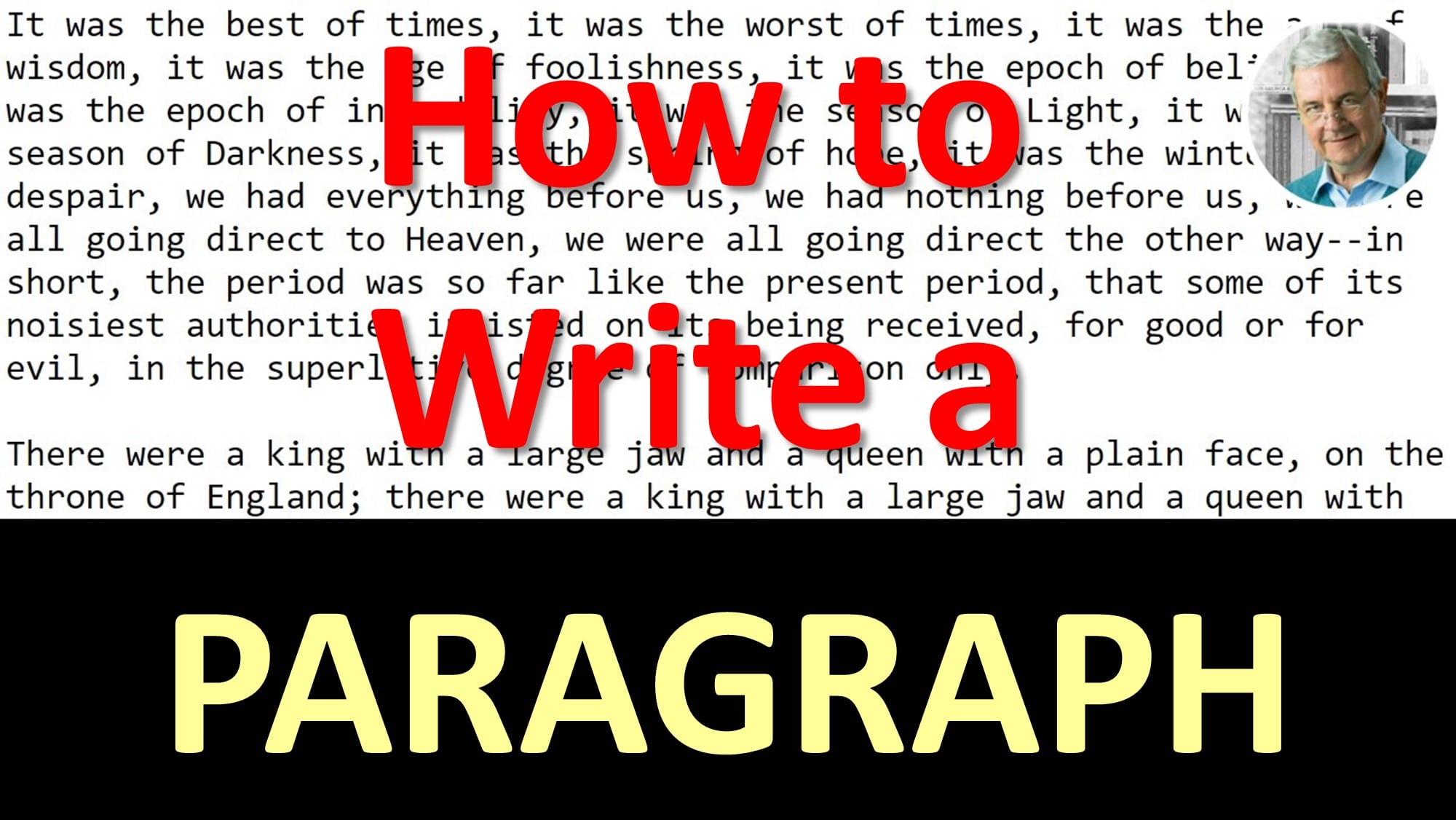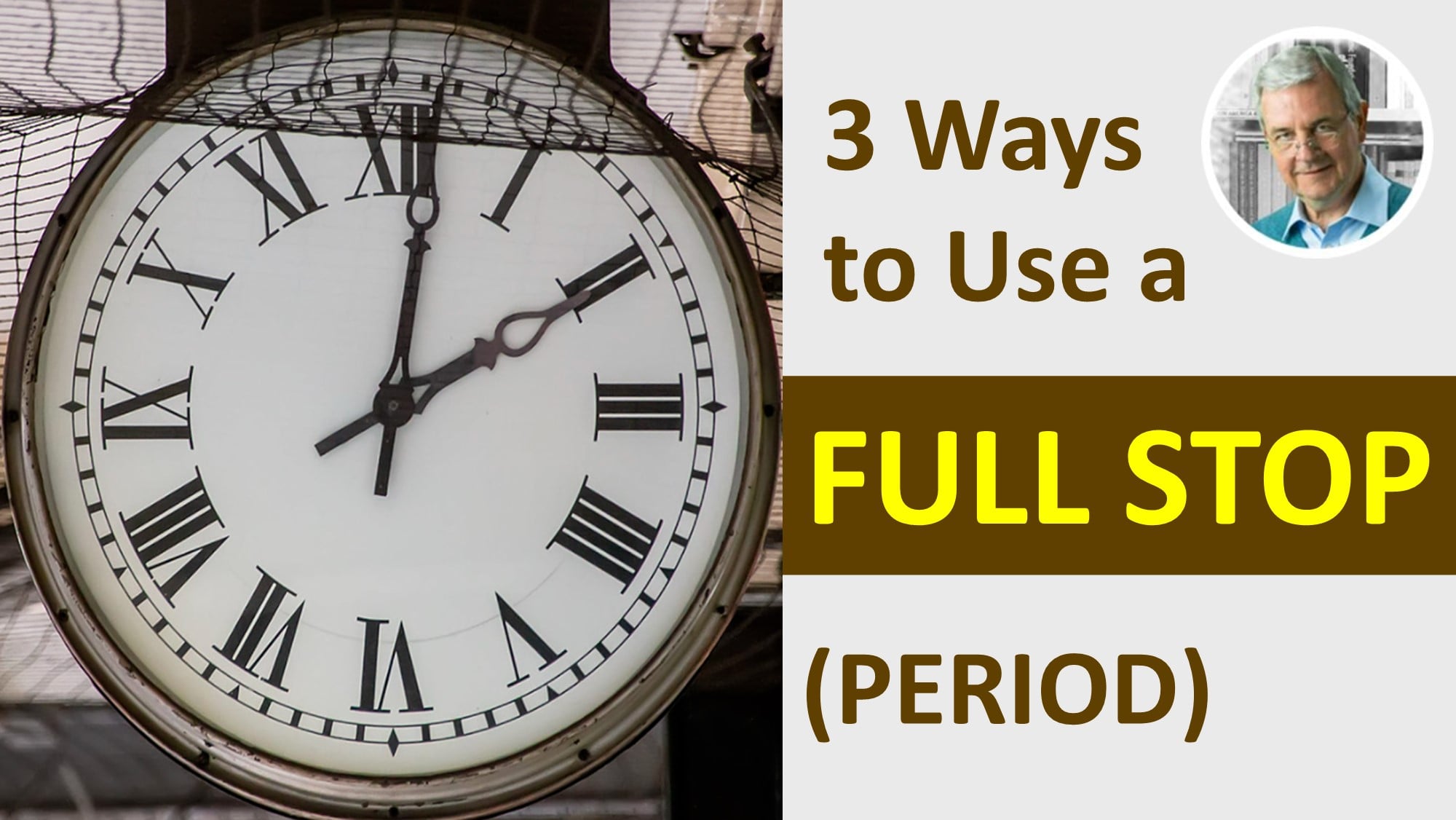When to Use an Apostrophe – Two Simple Rules
When to Use an Apostrophe – Two Simple Rules
Slide 1:
Using the Apostrophe – Two Simple Rules
Slide 2:
Here are two main ways to use an apostrophe:
1. to indicate possession –
singular or plural
2. to indicate missing letters – contraction
Note: to indicate possession when the subject is singular, simply put ‘s after the word.
Slide 3:
The dog’s face was covered with lipstick kisses.
Slide 4:
A girl’s handbag was left hanging on the door.
Slide 5:
To indicate possession when the subject is plural, simply put an
apostrophe after the s – s’.
Slide 6:
All the brides’ dresses had a similar design.
Slide 7:
The books’ covers needed repair.
Slide 8:
The second use of apostrophes is to indicate missing letters, called contractions
Slide 9:
Example 1: A contraction of ‘we will’
Slide 10:
It looks like we’ll need an umbrella.
Slide 11:
Example 2: A contraction of ‘could not’
Slide 12:
He couldn’t remember where he left his camera.
Slide 13:
Example 3: A contraction of ‘she is’
Slide 14:
She’s late for work.
Slide 15:
Using apostrophes is very simple when you remember these two rules:
Use an apostrophe
1) to show that something belongs to someone, possession
OR
2) to indicate missing letters when contracting words
Slide 16:
EXCEPTION
ITS & IT’S
While the general rule is that apostrophes indicate possession, personal pronouns are an exception!
The pronoun its is written without an apostrophe.
It’s is a contraction of it is or it has and therefore it uses an apostrophe.
Slide 17:
The little kitten was confused by its own reflection.
Indicating possession
Slide 18:
It’s an amazing sunset!
A contraction of ‘it is’.
Slide 19:
Continually IMPROVE YOUR ENGLISH by subscribing to this channel.
Hit the subscribe button NOW!
Slide 20:
Click the bell icon and choose All to be notified when there are new videos!
Slide 21:
Build a Powerful English Vocabulary and speak English with REAL confidence by enrolling in my FREE English Vocabulary Builder course today!
Go to: goodenglish.online
If you are interested in punctuation and when to use an apostrophe, be sure to check this page:
When to Use a HYPHEN, EN DASH, EM DASH
Image Credits Slides 1, 4 - handbag Creative Commons https://flic.kr/p/c9xVzS Slide 3 – dog Creative Commons https://flic.kr/p/5Z6dkC Slide 6 – brides Creative Commons https://flic.kr/p/6TLejD Slide 7 – books Creative Commons https://flic.kr/p/qd2E9d Slide 10 – window Creative Commons https://flic.kr/p/w3ndE Slide 12 – tourist Creative Commons https://flic.kr/p/z5anA Slide 14 – woman on bicycle Creative Commons https://flic.kr/p/2NTwHC Slide 17 – kitten Creative Commons https://flic.kr/p/8jzVwj Slide 18 – sunset Creative Commons https://flic.kr/p/GGzWQT
Regarding the use of illustrations and photographs used in this video:
Creative Commons Attribution Licence
Others are allowed to copy, distribute, display, and perform copyrighted work – and derivative works based upon it if they give credit to the creator or source.
https://creativecommons.org/licenses/by/4.0/legalcode




